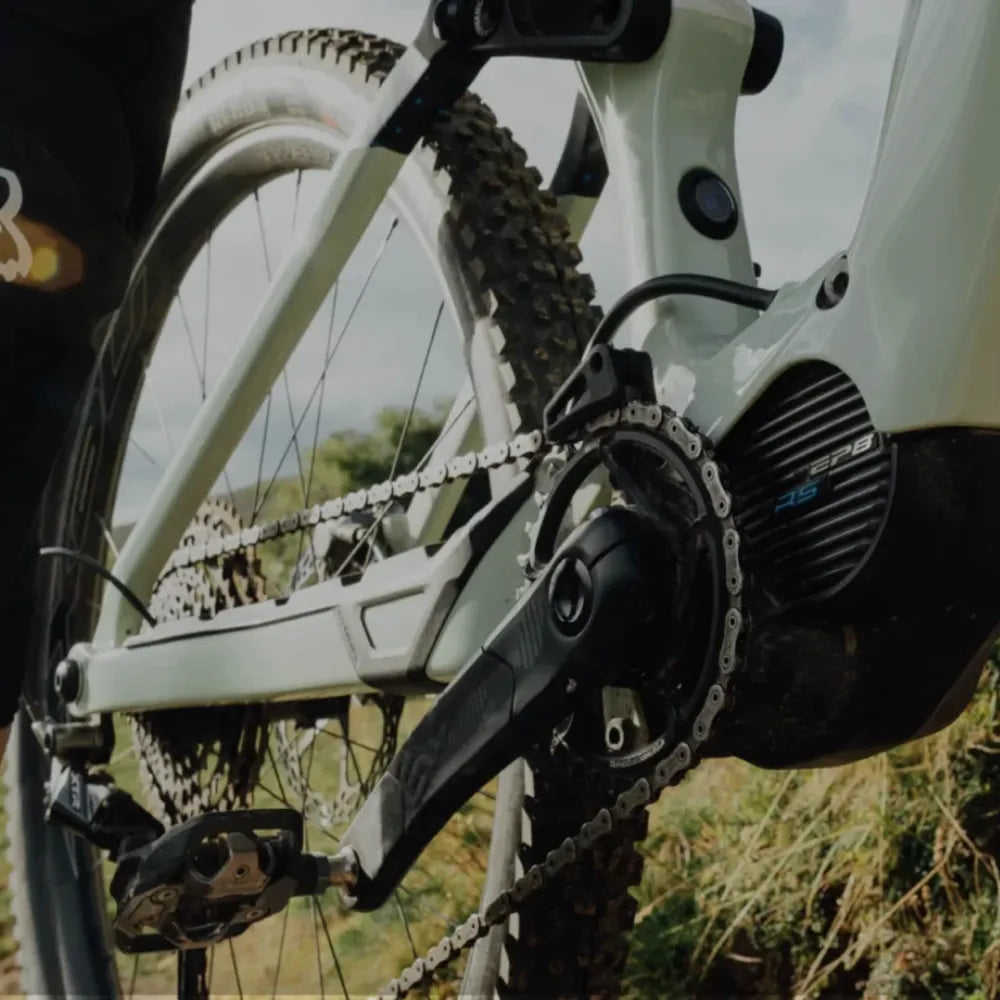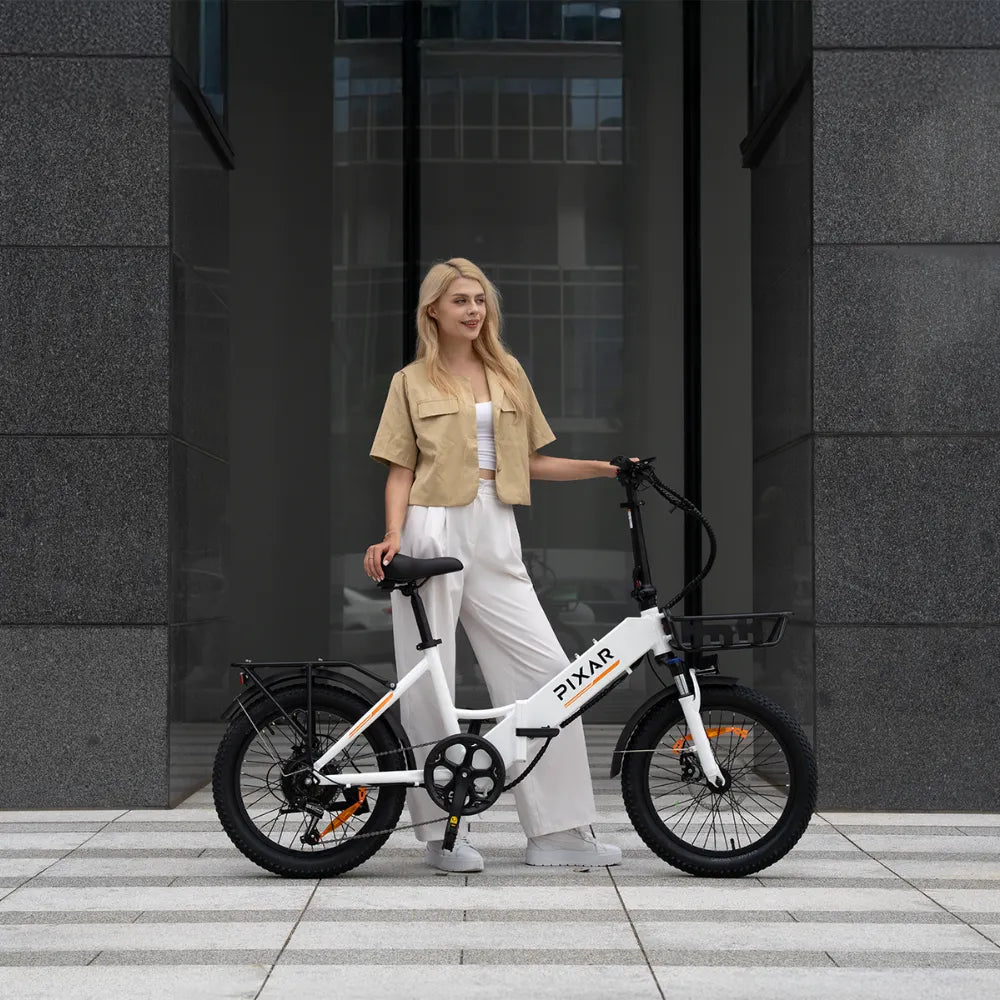From mechanical shifting that required precise fine-tuning to electronic shifting with one-click accurate gear changes, bicycle transmission technology has undergone earth-shaking changes over the past few decades.
In 2009, Shimano launched the DURA-ACE 7970 Di2, introducing electronic shifting to road bikes for the first time and ushering in a new era of digital shifting. Since then, innovations like synchronized shifting and wireless connectivity have emerged one after another.
Yet until now, electronic shifting has faced an unavoidable issue: battery life.

The history of bicycle shifting technology is a story of evolution—from mechanical to electronic, from manual to intelligent.
When Shimano’s Dura-Ace series first came out, cyclists still had to deal with complex mechanical adjustments. In 1984, the launch of the Shimano Index System (SIS) marked a major turning point in shifting technology, making it easier for every rider to change gears.
The real revolution arrived in 2009, when Shimano introduced the Digital Integrated Intelligence (Di2) system. This electronic shifting system featured "instant gear changes," breaking the inherent mindset of traditional shifters.
Electronic shifting eliminates the friction and stretching of mechanical cables, remains unaffected by weather, and consistently delivers precise gear changes.
Over the following decade, Di2 gradually moved from the pedestal of professional racing to everyday use, being integrated into the Ultegra and GRX series successively. However, electronic shifting has always faced one challenge: power supply.
Whether it’s a wired battery or a wireless module, regular charging is required—otherwise, the bike becomes a "single-speed bike."

In 2025, Shimano unveiled its brand-new Q’AUTO technology. The most attractive feature of this system is that it requires no charging at all, yet enables automatic shifting.
Traditional automatic shifting systems often rely on battery power, but Q’AUTO adopts an entirely new approach: pedal-powered generation. At its core is the SHIMANO CUES FH-U6060 rear hub, which integrates a dynamo hub function to generate its own power with every pedal stroke.
What does this mean? You just ride as usual, and the hub automatically generates and stores power—there’s no need to worry about battery life at all.
According to official data, the system’s lithium-ion capacitor can store power for more than a year. Even if the bike is not ridden for a long time, you won’t have to worry about the power running out.

The Q’AUTO system mainly consists of three core components:
-
FH-U6060 Automatic Shifting Dynamo Hub: The heart of the system, with a built-in power generation device and sensors, compatible with LINKGLIDE 1×10 or 1×11 cassette specifications.
-
RD-U8050 LINKGLIDE Wireless Di2 Rear Derailleur: Available in both long cage and medium cage versions, supporting a wide 11-50T cassette range.
-
SW-EN605-R Wireless Shifting Button Switch: Features three intuitive shift buttons, customizable via the E-TUBE PROJECT software.

In addition, Q’AUTO’s three core technologies deliver a better riding experience:
- Smart Sensors: Real-Time Riding Status Detection
The core of Q’AUTO’s technology lies in three sensors integrated into the rear hub, which track speed, cadence, and slope in real time.
This data provides the system with a basis for determining when to shift gears, ensuring the most suitable gear ratio is selected for any road condition.
- Adaptive Learning: Over 6,500 Algorithms
Even more impressive is Q’AUTO’s AI learning capability. The system records and analyzes the rider’s shifting habits and style, and adjusts settings from a library of over 6,500 algorithms.
Riders can manually adjust gears via the Di2 shift buttons—these operations are recorded by the system to further enhance its learning and judgment capabilities. Riding approximately 6 kilometers on flat roads is enough for the AI to learn your preferences.
- Three Preset Modes: For Different Riding Styles
Even without learning data, Q’AUTO offers three preset modes to adapt to different riding preferences.
By double-clicking the function button on the rear derailleur, you can switch between Auto 1 (slow, powerful pedaling), Auto 2 (balanced setting), and Auto 3 (light gears for fast pedaling).

Traditional shifting requires riders to distract themselves by checking road conditions and adjusting gears—Q’AUTO takes care of this for you directly. For riders who pursue personalization, Q’AUTO also retains ample manual control options. You can switch to manual mode at any time to enjoy the fun of independent control.
Q’AUTO is not designed for competitive scenarios; instead, it is targeted at urban commuting, light touring, and gravel riding. It is reported that the Rose Sneak 3 EQ commuter bike will be one of the first models equipped with this system, while the AUTOMATE model from Japanese brand NESTO is also scheduled to launch in November 2025.

Q’AUTO represents not just a technological innovation, but a transformation in cycling philosophy. It allows bicycles to retain pure human-powered drive while incorporating an intelligent core. The significance of this intelligent wave is to bring bicycles back to simplicity, yet deliver a more intelligent experience.





















Laisser un commentaire
Ce site est protégé par hCaptcha, et la Politique de confidentialité et les Conditions de service de hCaptcha s’appliquent.